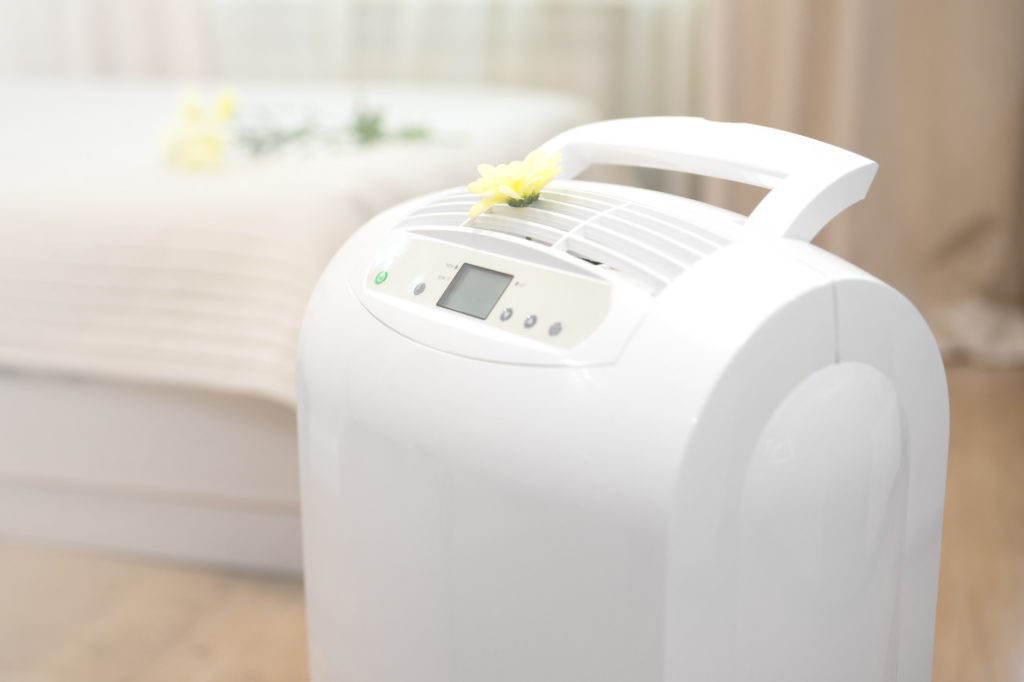
Labs and healthcare settings that need purified air must consider a zero-air generator for their setting. A precision zero-air generator can offer them an efficient, compact solution to safely removing hydrocarbons from the air.
Is your lab still using high-pressure gas cylinders for zero-air? Swap to a safer, cost-efficient, compact system to generator zero-air on-site, when and how you need it.
What Is a Zero-Air Generator?
A zero-air generator purifies the air by removing hydrocarbons – or things like natural gas, propane, ethane, or methane – from the air. They use nitrogen mixed in with oxygen to remove the hydrocarbons.
Some laboratories or healthcare facilities may use tanks of air zero-air, but when they install a zero-air generator they can reap the benefits of having on-site manufacturing of zero-air.
With correct processing, zero-air generators will reduce hydrocarbons in the air to less than 0.1. parts per million, which is sufficient for laboratory work.
How Does a Zero-Air Generator Work?
Zero-air generators work by processing air with hydrocarbons in it through machinery that can remove the hydrocarbons.
Compressed air attaches to a zero-air generator. In a section of the generator called the catalyst chamber, compressed air moves through.
A material will reside in the catalyst chamber that can convert methane into water and carbon dioxide. This is necessary as methane is too small to catch, but must rather convert to produce zero-air.
Uses for a Zero-Air Generator
Labs often need zero-air generators to have completely purified air. This is essential to some experiments where hydrocarbons should not be present.
Labs install zero-air generators where researchers are working to provide a steady stream of purified air. Labs that do not have generators often used tanked air.
These cylinders are large to store, must change out regularly – or they could run out – and carry the typical dangers of gas tanks. Zero-air generator uses highlight the benefit of swapping to a continuous generator over finite tanks.
Gas Chromatography
One particular use for zero-air generators is gas chromatography. This popular and essential lab process analyzes the chemical content in a sample and detects its content. It looks for organic gases and molecules, and zero-air is used as “carrier gas” for these samples to move through a gas chromatography system.
Industries that rely on gas chromatography – and thus zero-air generators – include manufacturers, pharmaceutical companies, geological researchers, forensics, food testing, and safety testing.
When a sample is placed in a gas chromatography system, it passes by a heated analytical column. This is connected to a detector which can capture the signal that various chemicals put out from the sample.
As these signals are detected, a computer collects the information and creates a chart called a chromatogram that can be easily read by a researcher.
Zero-air is particularly important for this process as the presence of hydrocarbons in the sample could drastically throw off the results of the chromatogram.
For industries where precision is essential in identifying potential contaminants or mistakes in processing – like medical or pharmaceutical manufacturing – having purified air to run gas chromatography is essential.
Flame Ionization
Flame ionization detectors also use zero-air for combustion air. This is another version of gas chromatography. A flame is created with air and hydrogen. This flame will ionize gas chromatography samples.
Once run through the flame, organic compounds can be identified.
Operation of Valves
Users can operate pneumatic valves with a zero-air generator as well.
Those working in industries that utilize these functions should consider zero-air generators for their labs to create a consistent flow of purified air. This is a simpler option compared to gas tanks that must be regularly swapped out for zero-air.
Shopping for Zero-Air Generators and Accessories
Shop for zero-air generators from sister brands, Gast and Jun-Air. RG Group carries both brands. These are designed for quick service so your establishment does not lose time due to repairs and can get back to work quickly.
Gast
Gast serves the oil and gas industry in particular with its line of high-quality compressors for chromatography.
It is essential for fuel companies to have compressors for analysis in refineries. Gast offers a variety of air motor technology, compressors, vacuum pumps, and tank systems to meet the needs of this industry.
Jun-Air
For five decades, Jun-Air has been producing air compressors to provide laboratories with zero-air options. When air is compressed onsite and fed into a zero-air generator, the process becomes significantly more efficient.
Some of the benefits they espouse are compact size, environmental friendliness, low energy draws, low maintenance, and ease of use.
Jun-Air has also worked to create extremely quiet compressors as they will often be in the same space as researchers and lab workers. Decibel readings come in right around 45, falling roughly above a “soft whisper” and below “country quiet.” With quiet options, space can be taken advantage of directly in laboratories.
Further necessary components include dryers and filtration systems. When producing zero-air and purified air for a laboratory, dryers and filters permit air to be dry and clean by the time it is pumped back into the lab.
Making a Zero-Air Generator Purchase
Never run out of air during an experiment again. Swap to a zero-air generator to ensure a steady supply of purified air in your laboratory or healthcare setting.
Ready to make a zero-air generator purchase? Get in touch with the RG Group today to learn more. You can upload a purchase order online or request a quote.





